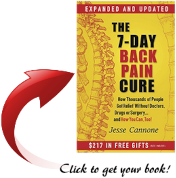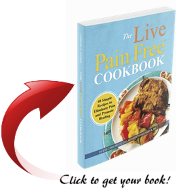I read a commentary on the Sunday paper a few weeks ago titled “That pain in your back? It’s really a pain in your brain”. And it motivated me to take a deeper dive into the mind-body connection of pain. And we did discuss in a past article, What is Pain Processing and Neuroinflammation?, that pain is a complex and multilayered experience that involves both the mind and body. And before we go any further, I want to let you know that I am not a medical professional and what follows is not medical advice.
Continue reading
Pain Relief Info Products
Tags
- acetaminophen
- acupuncture
- anti-inflammatory
- aromatherapy
- Arthritis
- Aspirin
- back discomfort
- back pain
- back pain relief
- chiropractor
- chronic back pain
- chronic inflammation
- chronic pain
- exercise
- good posture
- Heal-n-Soothe
- Heating Pad
- herniated disc
- ibuprofen
- inflammation
- low back pain
- lower back
- lower back pain
- lumbar region
- massage
- meditation
- natural pain relief
- natural pain reliever
- natural pain relievers
- neck pain
- NSAIDs
- pain
- pain free
- painkiller
- pain relief
- pain relievers
- Rub on Relief
- spinal stenosis
- spine
- Spine-Health
- stretching
- The Healthy Back Institute
- Tylenol
- walking
- Yoga



